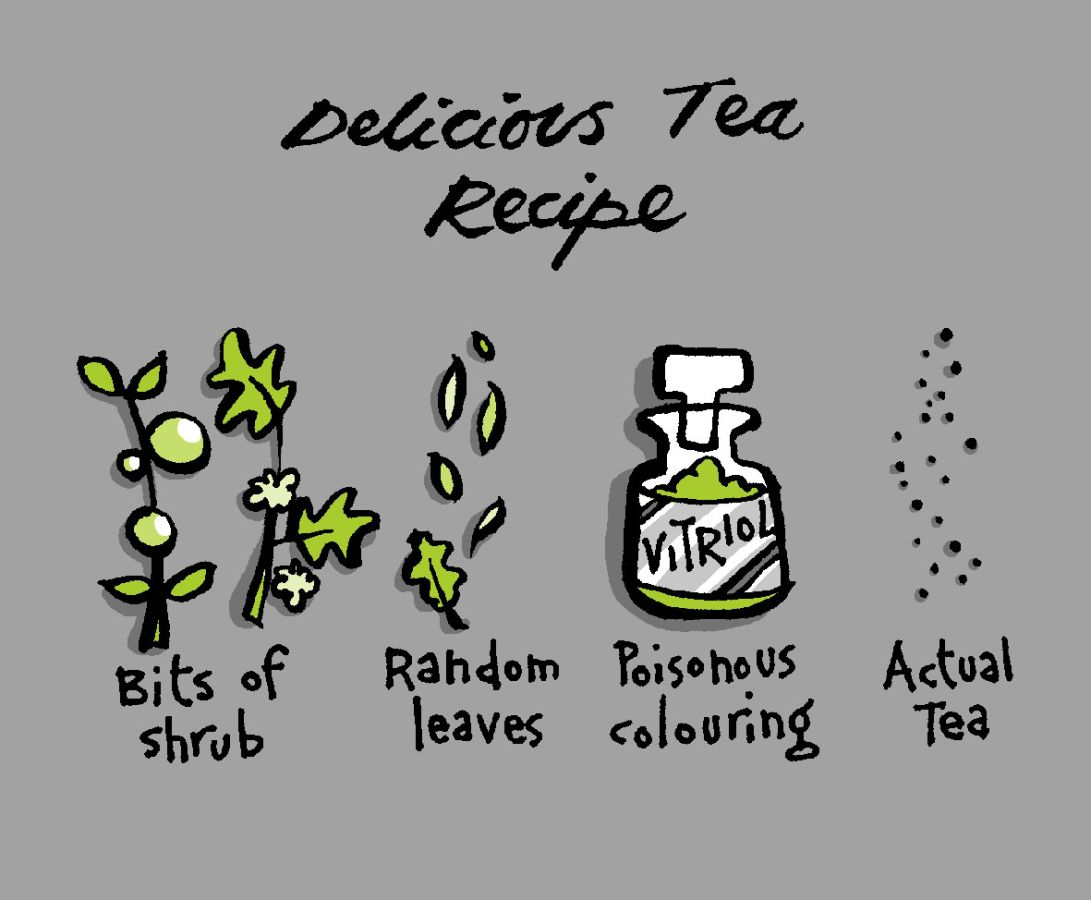Beer and pubs are familiar and integral features of our communities and social lives. But how did the brewing and drinking landscape evolve into what we experience today? How did the laws and economics of the 1800's onwards influence the production of beer and the beloved community hubs serving it? To answer these questions, in this series for CAMRA Learn and Discover, brewer and historian Steve Dunkley takes a deep dive into the history of the brewing and pub sectors, British drinking culture and the forces that shaped them.
Illustrations by Christine Jopling


It’s pretty fair to say that the UK Hospitality Industry and the UK Government haven’t always seen eye to eye. The Government has generally eyed alcohol as a way to raise money through taxes, and the industry has usually seen it as a way to raise money for themselves through sales – ideally with the least taxes possible. In the end though, both see it as a way to make money. And both usually share more common goals in recent years. From promotion of a healthier attitude to alcohol through the influence of health – and religious – campaign groups, to environmental credentials; the aims of politicians and brewers have more often aligned than not. But the methods to reach those aims have rarely aligned.
In 1802 the Government introduced the ‘Duties on Beer etc Act’ which amongst putting up the taxes, introduced a form of purity law which forbade anything other than malt and hops being used as ingredients in beer. I’m guessing they didn’t consider water as an ingredient, and they treated yeast as a processing aid. Why introduce this law? Because it seems that counterfeit goods were a very serious problem at the time. Tea merchants were known for making blends from hedgerow flowers and leaves with a bit of colouring to bulk out the expensive imported tea leaves, and the government of the day didn’t trust the brewers not to do similar. This law was very welcome by the larger brewers who were very well in with the governing Tories and Whigs of the time, as it benefited them because the smaller breweries couldn’t then afford to produce the sought after darker beers.

Steve Dunkley
Steve Dunkley
Steve Dunkley
Steve Dunkley
Steve Dunkley
Become a CAMRA member today for unlimited free access plus many other membership benefits. Find out more